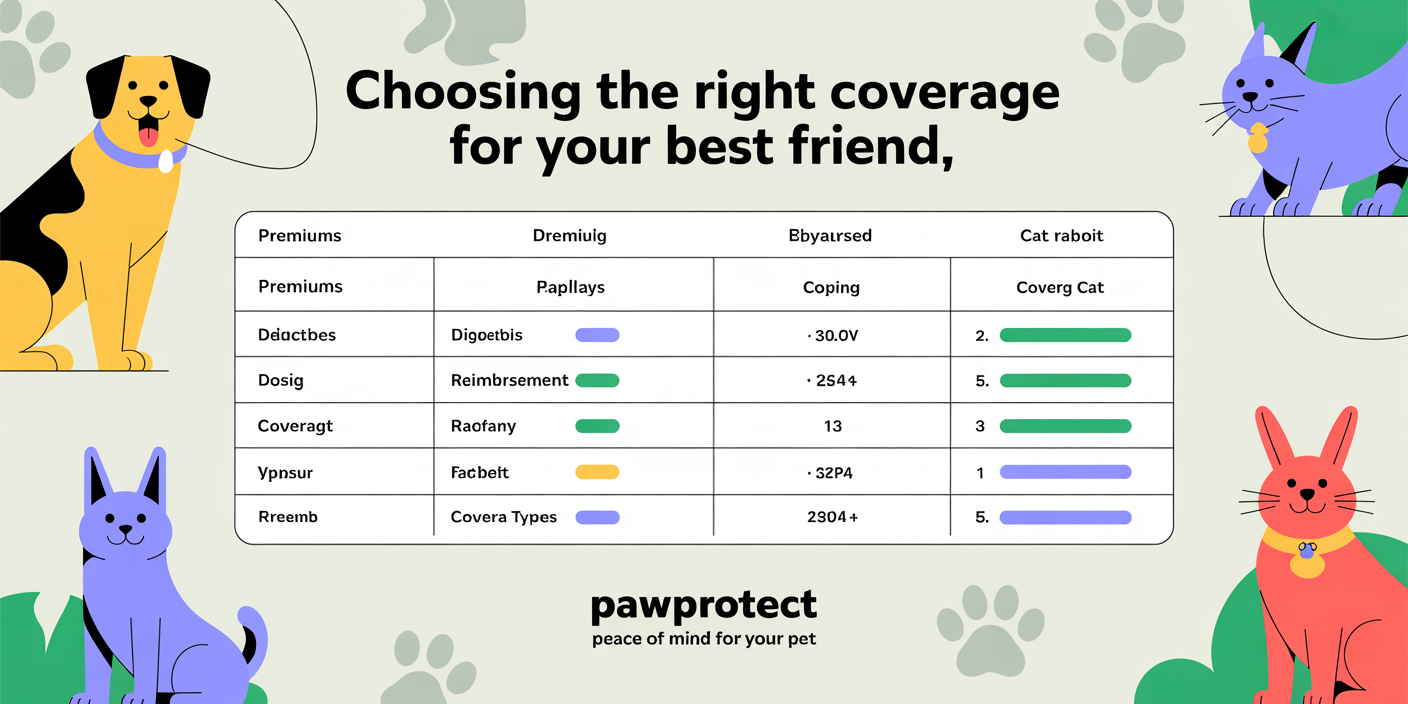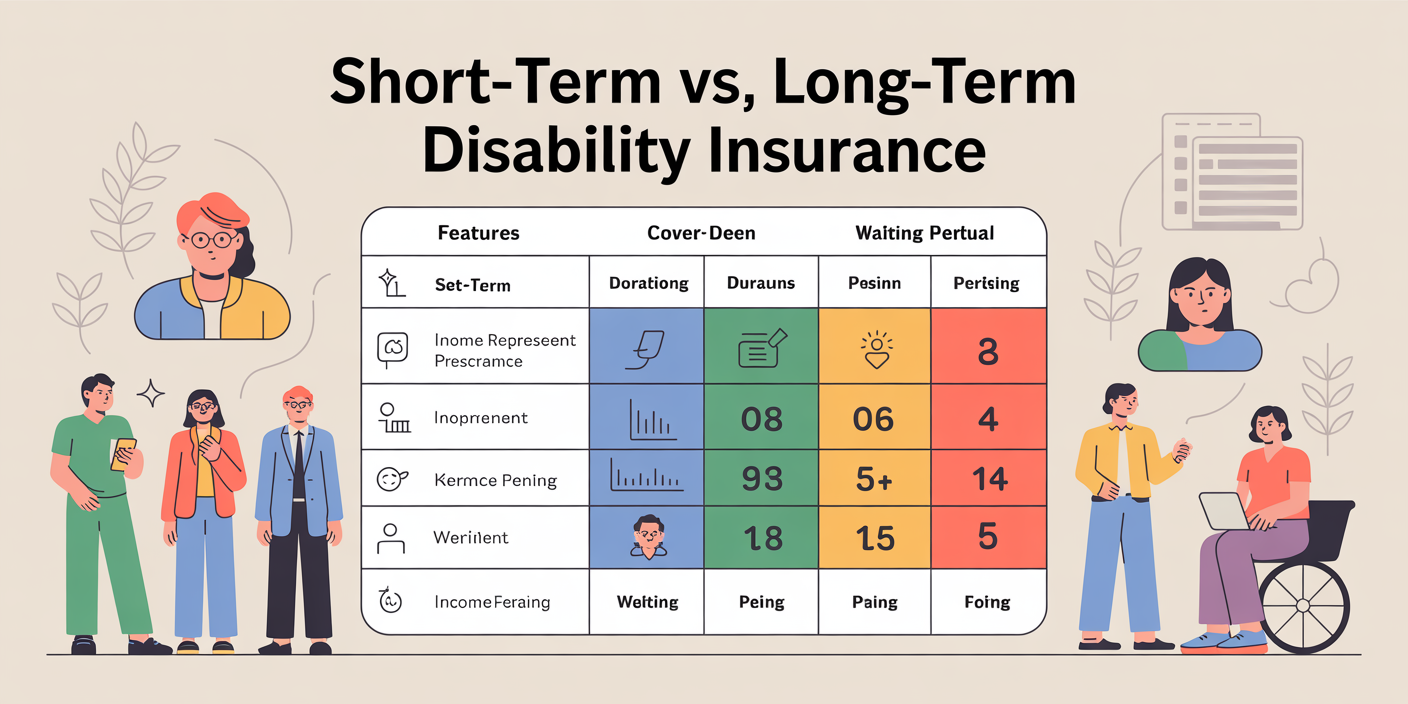Long-Term Care Insurance: Everything You Need to Know
Anúncios
As populations age worldwide, the necessity of planning for long-term care (LTC) increases significantly. Long-term care insurance is designed to cover services and supports for personal care needs over an extended period. These needs often arise due to chronic illness, disability, or aging, necessitating help with daily activities such as bathing, dressing, or eating. Understanding the fundamentals and practical aspects of long-term care insurance is crucial for effective financial planning and wellbeing.

Long-term care insurance helps mitigate the financial burden often associated with extended care, which can rapidly deplete savings and strain families. According to the U.S. Department of Health and Human Services, nearly 70% of people over 65 will require some form of long-term care during their lifetimes. This statistic underscores the importance of evaluating how to secure appropriate coverage well before care is necessary.
What is Long-Term Care Insurance and Who Needs It?
Anúncios
Long-term care insurance is a specialized type of coverage that pays for services not typically covered by standard health insurance or Medicare. These services include assistance with activities of daily living (ADLs) such as toileting, mobility, and medication management. Importantly, LTC insurance typically covers care delivered in various settings, including nursing homes, assisted living facilities, adult day care centers, and even home care.
While LTC insurance is beneficial for many, it is particularly important for individuals with a family history of chronic illness, those with limited family support, or people with considerable assets they want to protect from being depleted by care costs. For example, Mary, a 58-year-old professional, purchased LTC insurance at 55, after witnessing her mother’s lengthy hospitalization and nursing home stay, which cost over $150,000 and left the family financially strained. Her policy ensures she has access to quality care without risking her retirement savings.
Anúncios

Statistics suggest that about 7.4 million Americans have long-term care insurance policies. However, many more could benefit from such coverage but delay purchasing due to cost concerns or misconceptions about eligibility.
Coverage Components and Typical Costs
Understanding what long-term care insurance covers—and what it does not—is key to making an informed decision. Most policies cover personal or custodial care rather than medical care, although some policies offer hybrid coverage, blending LTC with life insurance or annuities. The core benefits typically include: Assistance with ADLs: bathing, dressing, eating, transferring, toileting, and continence. Cognitive impairment care: support for conditions like Alzheimer’s disease. Care settings: in-home care, assisted living facilities, nursing homes, and adult day care.

A typical policy defines a benefit amount (daily or monthly) and a maximum benefit period (e.g., 3 years, 5 years, or lifetime). For instance, a policy might cover up to $150 per day for up to three years, resulting in a $164,250 benefit cap ($150 x 365 days x 3 years).
Costs of LTC insurance vary widely based on factors such as age at purchase, health status, benefit amount, elimination period (waiting period before benefits begin), and inflation protection. According to the American Association for Long-Term Care Insurance, an average 55-year-old purchasing a policy with $150 daily benefits and a 3-year maximum coverage might expect to pay between $2,000 and $3,500 annually.
| Factor | Impact on Premiums |
|---|---|
| Age at Purchase | Higher age increases premiums |
| Benefit Amount | Higher daily benefits increase cost |
| Benefit Duration | Longer coverage periods raise premium |
| Elimination Period | Shorter waiting periods increase cost |
| Inflation Protection | Adds 3-5% annual premium increases |
| Health Status | Pre-existing conditions may increase premiums or cause denial |
A practical example is John, a 62-year-old man who opted for a $200 daily benefit with a five-year maximum and 90-day elimination period, with inflation protection. He pays approximately $5,200 annually. Although pricier, John’s policy provides a wider safety net compared to a lower benefit plan.
Common Exclusions and Limitations
Long-term care insurance does not cover everything related to aging or illness. Common exclusions include: Care resulting from substance abuse or self-inflicted injuries. Treatment for mental health disorders unless functionality is impaired. Services covered by Medicare or worker’s compensation. Conditions present before policy purchase (pre-existing conditions).
Many LTC policies have elimination periods that function like deductibles—requiring the insured to pay out of pocket for a set number of days before coverage starts. These elimination periods can range from 30 to 180 days. Choosing a longer elimination period lowers premiums but increases personal upfront costs.
Additionally, benefit triggers are needed to activate the policy—usually when an insured is unable to perform two or more ADLs or suffers from severe cognitive decline. Understanding these triggers and exclusions is critical to align the policy to personal needs.
Alternatives to Traditional Long-Term Care Insurance
Given the rising cost and complexity of LTC policies, some look for alternatives. Hybrid life insurance policies with LTC riders are gaining popularity. These combine death benefits with LTC benefits, offering flexibility to use funds either as death benefits or for care needs.
Another option is reverse mortgages, which unlock home equity to fund care. Though appealing to some homeowners, reverse mortgages have associated fees and reduce inheritance value. Medicaid is another alternative; however, it requires strict income and asset limits and often involves long waiting times and limited choices for care providers.
Family caregivers provide the majority of long-term care in the United States, contributing an estimated 34 billion hours valued at over $470 billion annually (source: AARP Public Policy Institute). While family care helps, it can create emotional and financial strain, prompting many to seek insurance as a back-up plan.
Real-Life Scenarios: Impact of Having LTC Insurance
Consider the case of Susan, a retired schoolteacher who developed early-stage Alzheimer’s. Thanks to her LTC insurance, she accessed home care services that enabled her to live independently for 18 months longer than patients without insurance. Her policy paid $180 per day for a home health aide, costing the insurer over $97,200 during that period. Without insurance, Susan’s family would have borne these costs or faced difficult decisions about institutional care.
Contrast this with Peter, who declined LTC insurance in his 50s and developed Parkinson’s disease in his late 70s. Unable to afford private care, he applied for Medicaid, which took months to approve, leading to delayed care. His family experienced significant stress managing his care inside the home without adequate support.
These examples highlight the financial and emotional benefits of having long-term care insurance, emphasizing the policy not just as a financial product, but as a tool for preserving dignity and quality of life.
Future Perspectives on Long-Term Care Insurance
The long-term care insurance industry is evolving in response to demographic shifts, economic pressures, and consumer needs. With the U.S. population aged 65 and older projected to nearly double to 95 million by 2060 (U.S. Census Bureau), demand will increase substantially.
Innovations such as technology-enabled care (telehealth, remote monitoring) may reduce the cost burdens and extend the utility of LTC insurance. Additionally, more insurers are offering customizable policies with flexible benefits and integrated wellness programs aimed at delaying care needs.
Legislative changes may also impact the landscape. Some states have introduced public LTC insurance programs to supplement private options, and tax incentives are being considered to encourage policy uptake.
For consumers, early planning remains paramount. Purchasing LTC insurance in one’s 50s or early 60s tends to yield better rates and coverage options. Financial advisors suggest reviewing policies regularly to match coverage with changing health and lifestyle needs.
Summary Table: Long-Term Care Insurance vs Alternatives
| Feature | Long-Term Care Insurance | Hybrid Policies | Medicaid | Family Caregiving |
|---|---|---|---|---|
| Cost | Moderate to high | Moderate | Low (income-based) | Low (time and emotional cost) |
| Coverage Flexibility | High | High | Limited | Very limited |
| Eligibility Requirements | Health underwriting | Health underwriting | Income/assets limits | None |
| Payment Timing | After elimination period | After elimination period | After qualification | Immediate |
| Care Settings Covered | Multiple | Multiple | Limited | Home only |
| Inheritance Impact | None | Potentially reduced | Asset spend down required | None |
In conclusion, choosing whether and how to invest in long-term care insurance requires a deep understanding of your personal health risks, finances, and caregiving preferences. Thoughtful preparation can safeguard your future and relieve loved ones from difficult burdens.



Post Comment